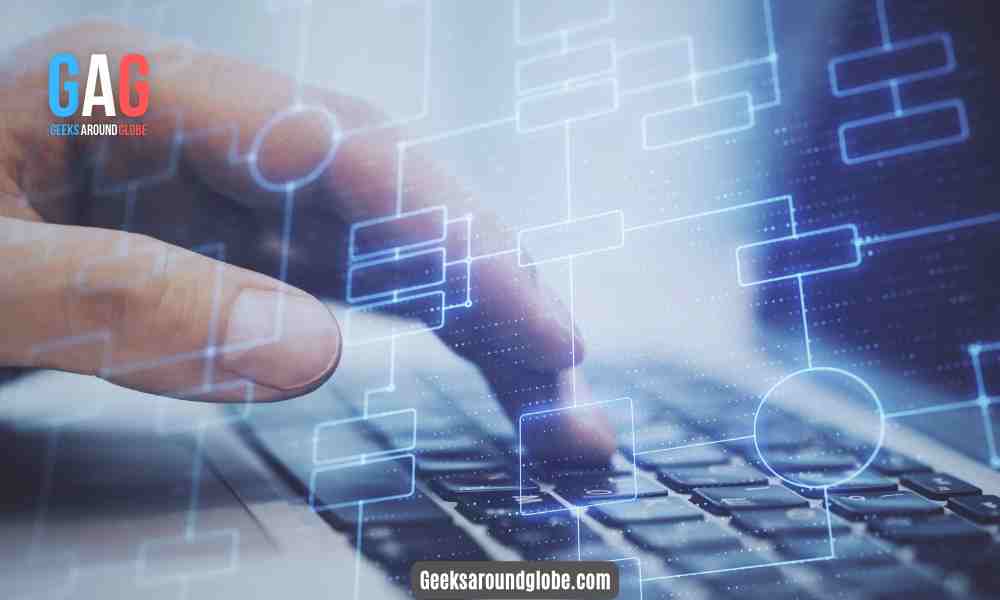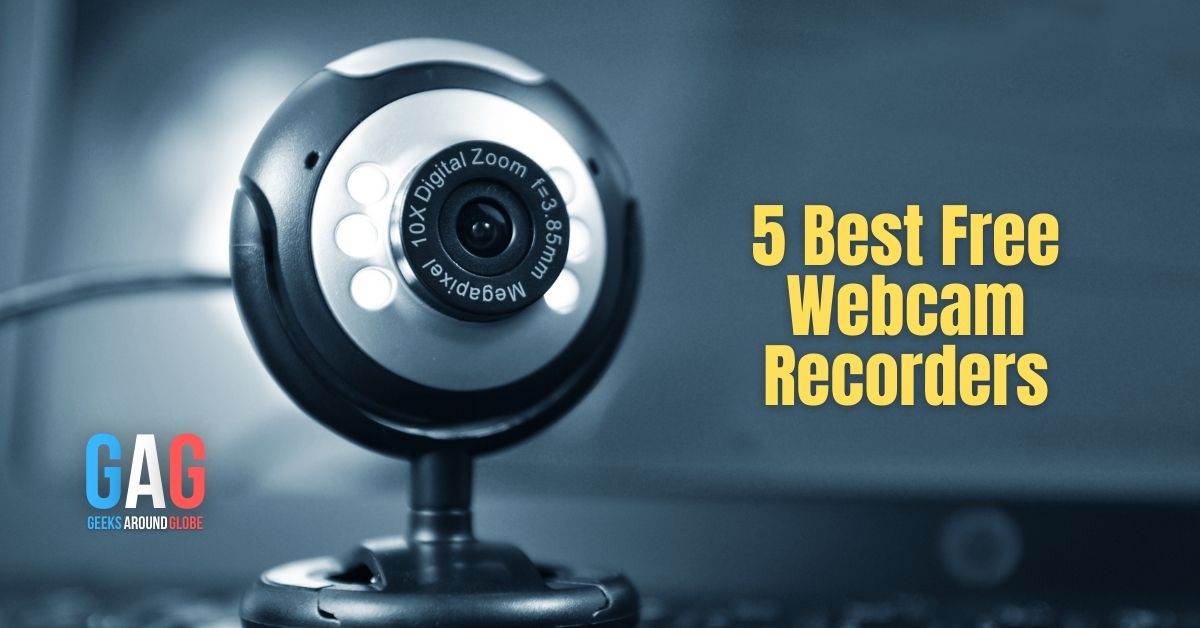The ability to create efficient patient care reports quickly assists with the entirety of the patient care process. From hospital transport to treatment plan, care is delivered swiftly and with patient needs in mind. Patients are given the immediate care they need in instances of emergency, reducing the likelihood of worsened outcomes when medical care is required.
Clear and concise reporting makes it easier for those treating patients to understand unique needs, so that patient care is optimized anytime medical help is needed. Software for emergency patients also allows for better patient outcomes and reduces the risks associated with patient care and treatment. First responders can also get to the emergency scene faster due to the quick processing of the software.
Patient reporting software makes immediate response possible. When help is needed, there’s nothing more reassuring than knowing that help is on the way. For more information on how first responder software helps patients, here are four ways patient care reporting positively assists patients in need of urgent medical care.
- Personalized Approach With Patient Care Reporting
Patients can receive more attentive care with carefully created and updated patient care reports. By using electronic patient care reporting software, less time is focused on developing patient care reports, and more is put into the immediate care of the patients. Patients receive the care they need sooner and obtain improved outcomes with faster medical assistance and less stress.
2. Ongoing Care Is More Manageable
The information entered into the software is saved automatically and encrypted thanks to the cloud-based servers. Patient information and data are preserved if care is needed in the future. Patients can receive ongoing care that considers the information from before. Ongoing patient assistance is, therefore, not only possible but more accurate.
3. Treatment Is Safer For Patients
With condensed patient reports, information is reviewed quickly without missing critical information, such as medication allergies. Older approaches for patient care reporting collect patient data through handwritten notes, which may be difficult to read. With software, individual patient needs are stated clearly, reducing the likelihood of treatment issues such as giving patients a medication they’re allergic to. Treatment is, therefore, safer for patients with EPCR software.
4. Patient Signing Is Easy
Some patients may struggle to use a stylus or pen to sign off on receiving care, denying treatment, etc. With the use of EPCR software, patients can sign with their finger using the iPad. Easy signing makes patient care reporting more effective and less stressful for patients. If a patient is in distress, holding a writing utensil may be difficult and, at times, impossible. The stress of signing is eliminated by relying on the iPad; this is efficient for the patient and the medical team.
EPCR Software Is A Medical Asset
EPCR software improves patient outcomes and saves lives in extreme circumstances. From avoiding medication allergies to getting to the emergency scene in the nick of time, it is evident that patient care reporting software is a medical asset.







